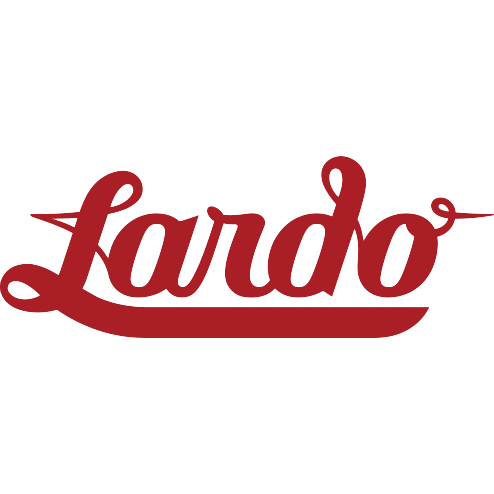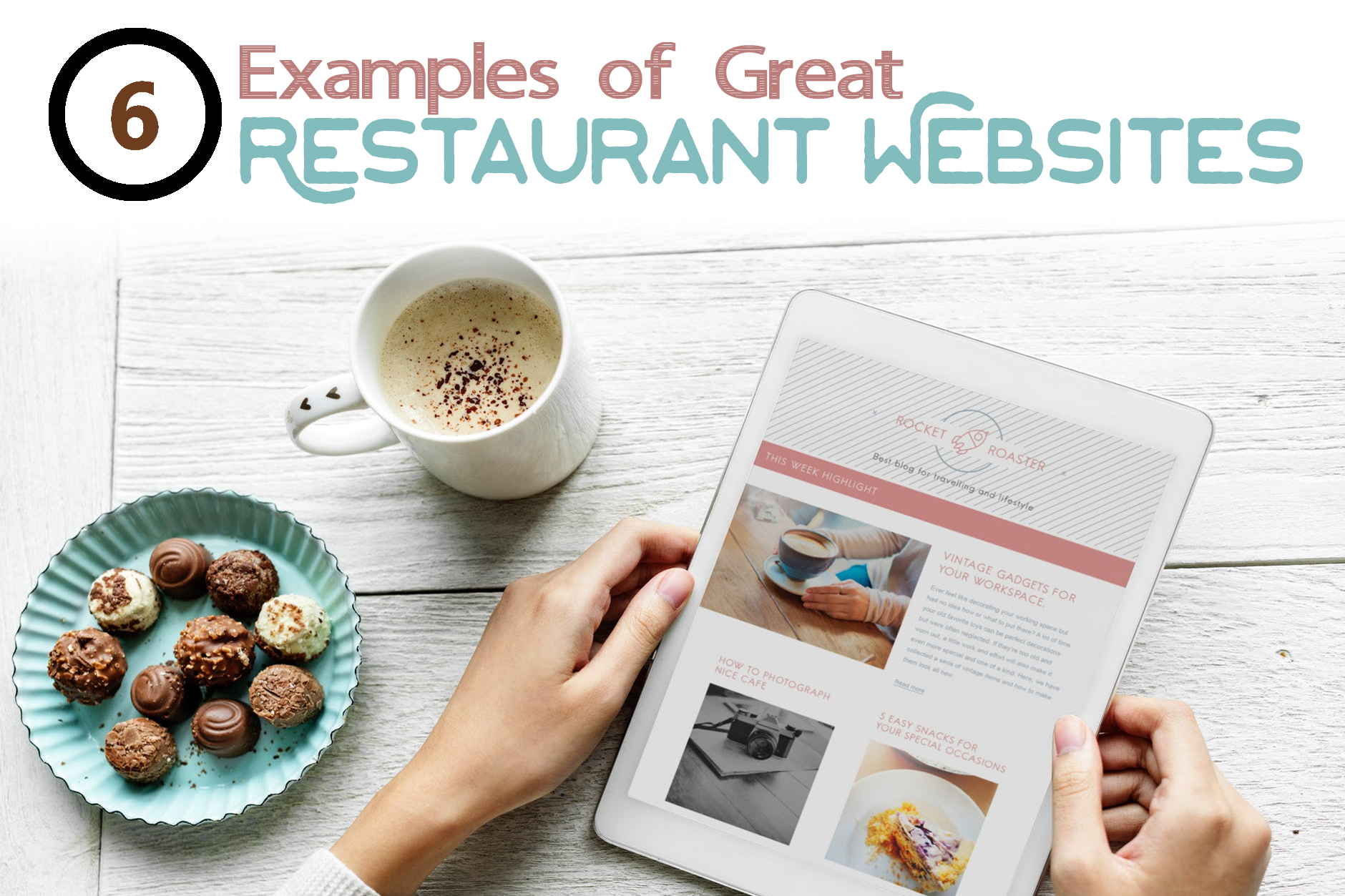People often jump on their phone to find a local place to eat. Great restaurant websites are able to convert those people into customers.
More than ever, a restaurant’s online presence can make or break a customer experience. Recently, Restaurant Business wrote about “4 Things Consumers Want on Restaurant Websites.” These things, in a nutshell, include:
-
- Transparency: 70% of Millenials want in-depth menu details on the website and 60% expect food photos.
-
- Integrated Mobile Presence: 78% of Millenials look up menus on their smartphones and half follow restaurants via social media marketing for restaurants.
-
- Online Ordering Systems for Restaurants: 29% of those 18-34 say restaurant online ordering drives their to-go business.
- Easy Navigation: A website should let the photography of the food shine while still providing all the relevant information.
Keeping this short list in mind, we took a look at few great restaurant sites…
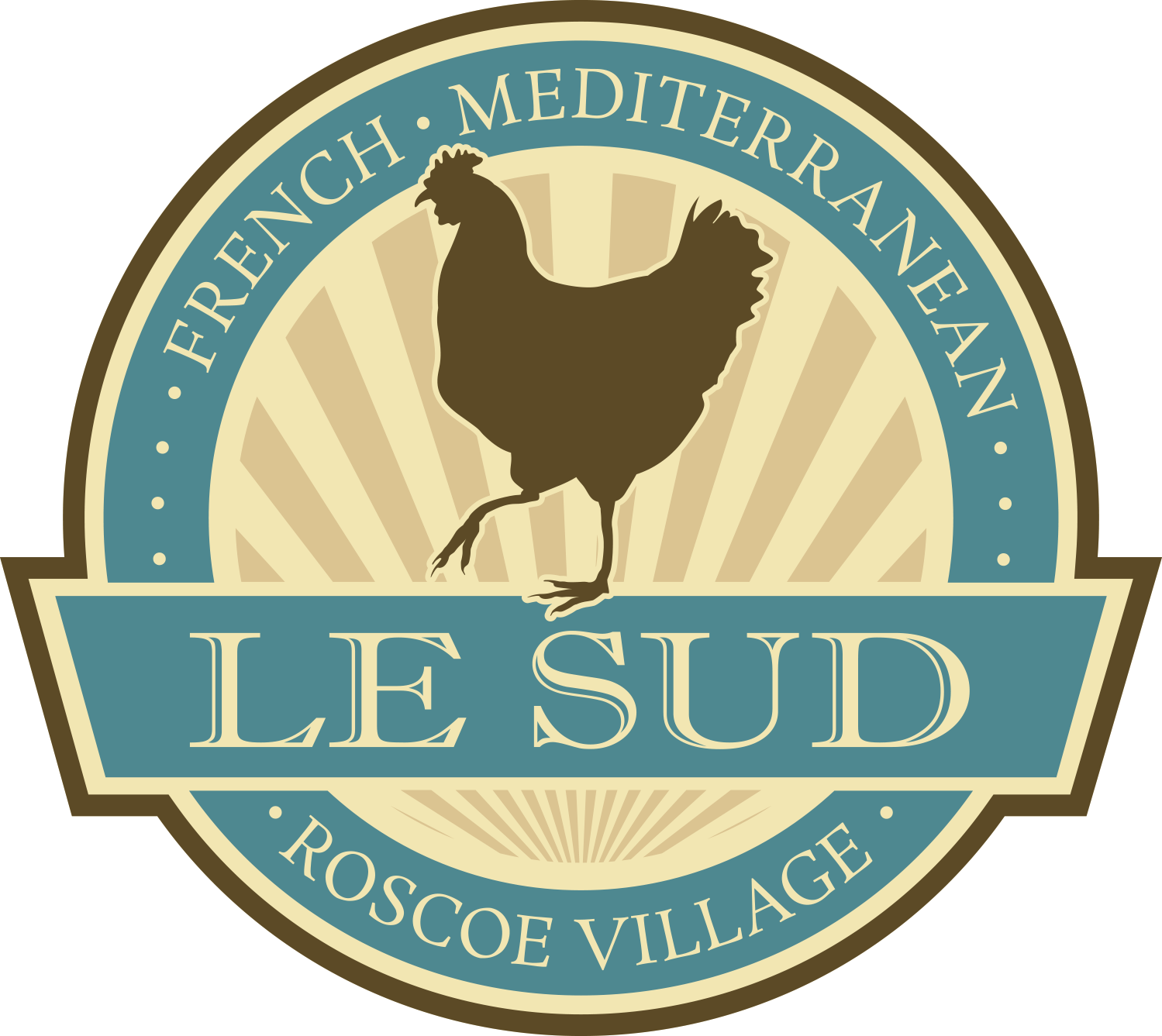 Le Sud
Le Sud
The first thing you notice about Le Sud’s website is the quality image of their food in a mouth-watering way. The top-to-bottom scroll is a classic way for customers to find what they’re looking for from the homepage and makes it easy to navigate through the site. All text is readily available, easy to read, and to the point. The color scheme of the site is consistent with the brand, restaurant marketing, and makes you feel like you’re already dining with them. The whole site focuses on what’s most important to them – quality food and ingredients.
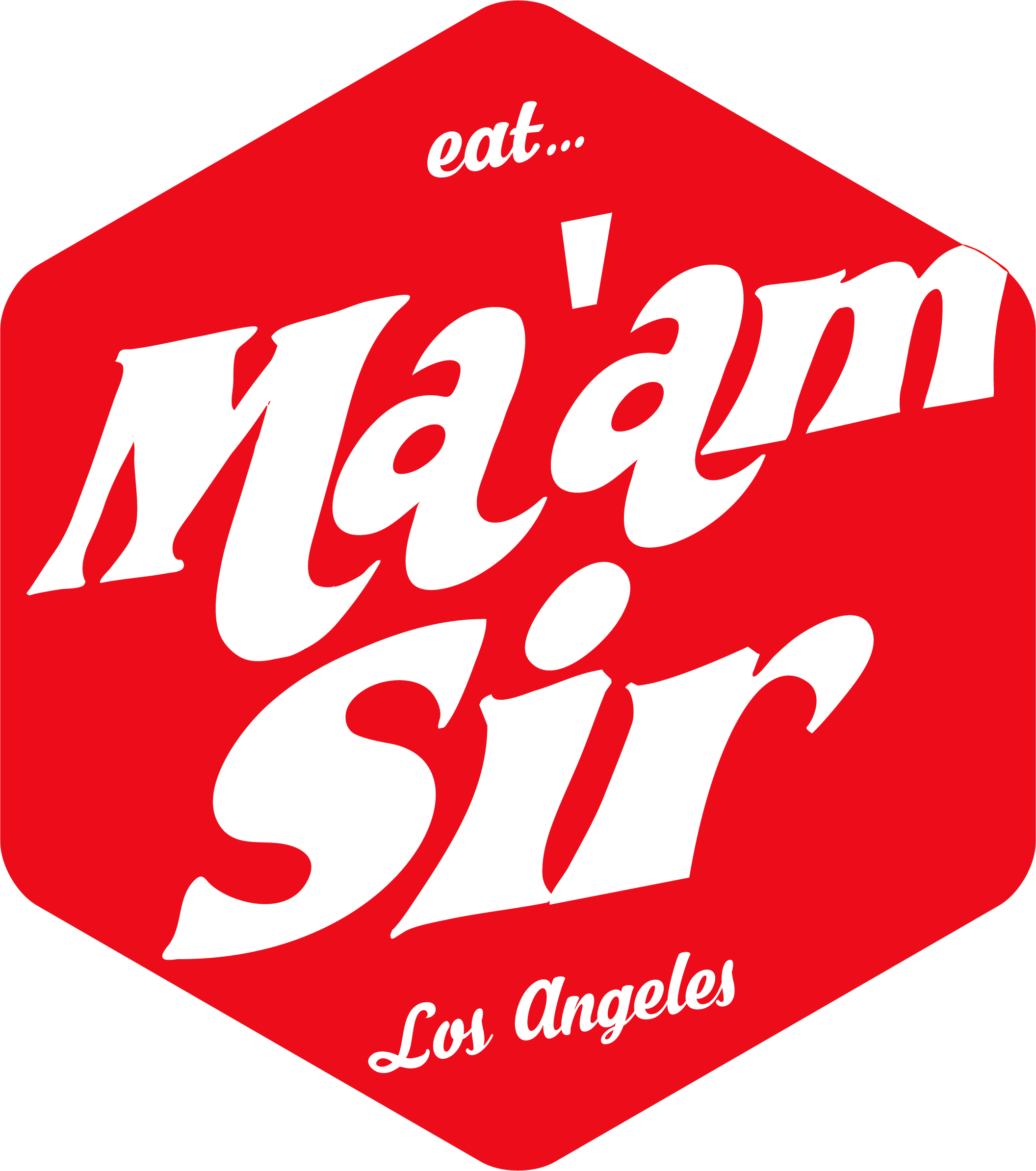 Ma’am Sir
Ma’am Sir
Ma’am Sir immediately has a fun, bright, and colorful website featuring the main dining area of the restaurant. With their name being slightly goofy, it only makes sense to provide a web experience that replicates an invites customers into their fun atmosphere. The navigation of the site is simple, and they only feature their Instagram page which continues to showcase the yummy food and Filipino vibe. The restaurant makes the menus and online reservations quickly available underneath the logo so the customer can get to the food as soon as possible.
 Nunu
Nunu
Nunu has a nice, clean and simple design with easy navigation. Instead of using colors in their text, the colors pop within their food photography. There is nothing too robust or distracting so the customer can clearly focusing on the information and food. When it comes to overall customer experience, the website clearly was put together with the customer in mind. Even the menu is clean and organized so the customer can quickly see what their dining options are.
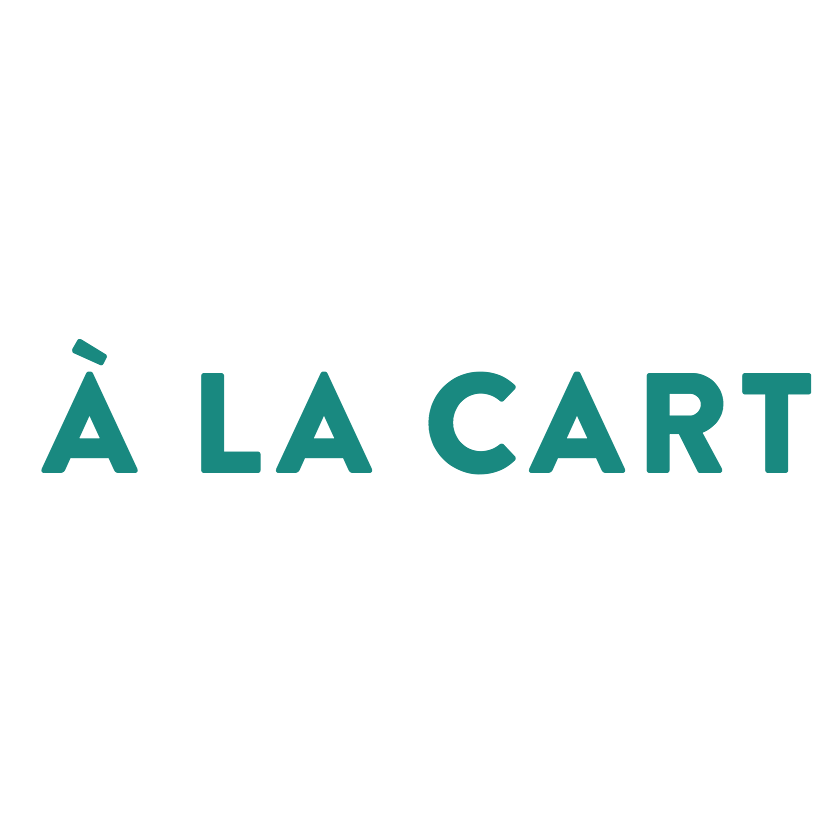
À La Cart
Not all websites need to stand out. Sometimes the best and safest route is to take on a more standard layout and design. À La Cart’s website has all the information a customer needs right on the very first page. Since their location is such a visual element and component to their brand, they wanted to highlight that right from the start by having a photo of their establishment front and center. This website is a great example as to how you can manage multiple vendors within one site, and if your site has a ton of events or want an area for restaurant promotions.
 Hudson House
Hudson House
Hudson House has a slightly unconventional site. Instead of using fancy food photography to grab a customer’s attention, the restaurant has beautiful hand-drawn/watercolor images of the restaurant to first grab your attention. This site is also perfect for a restaurant who has multiple locations. The Hours and Location drop-down menu for the customer to choose between Dallas and Addison is quick, to-the-point, and easy for the customer to choose and find the information they need. For each location page, the information is organized neatly, all of the information that a customer might want is there (address, hours, phone number, and email). This site follows the KISS (keep it simple, stupid) to a T instead of relying on catchy visual effects.
